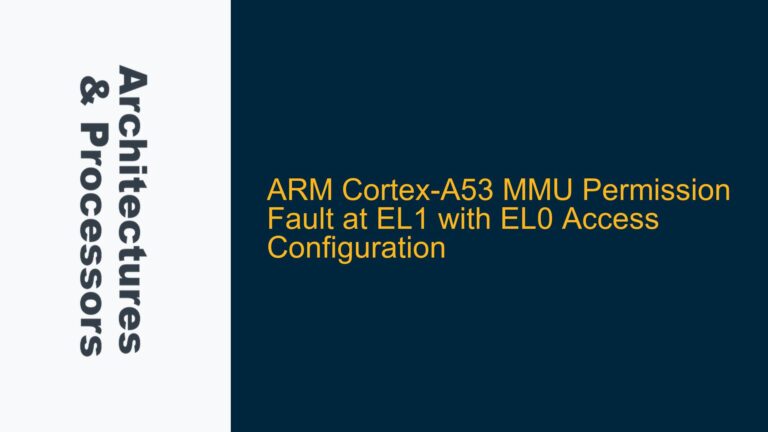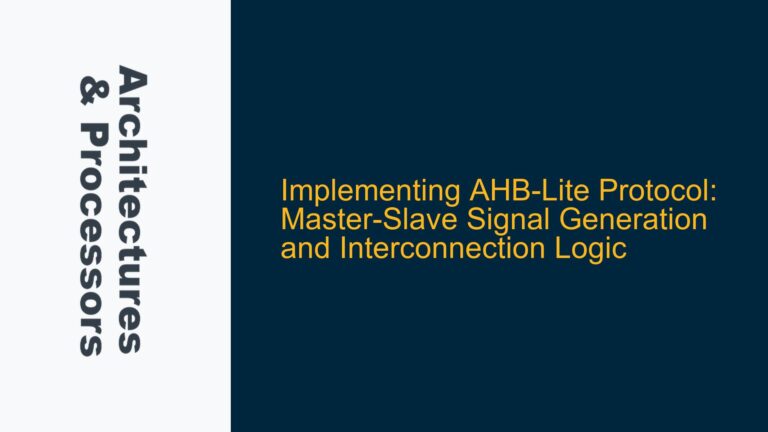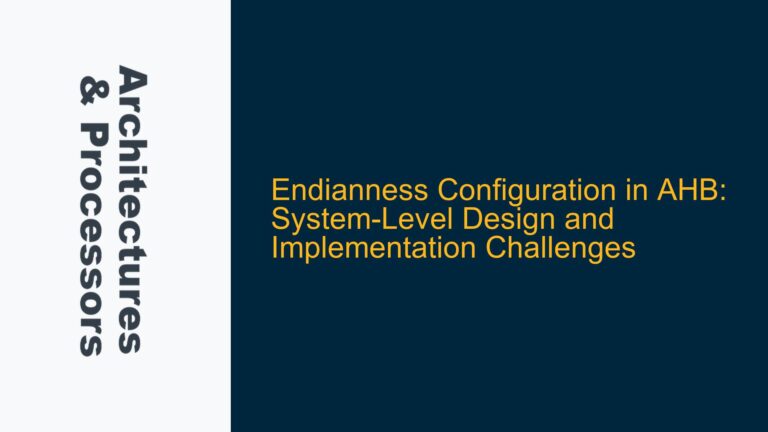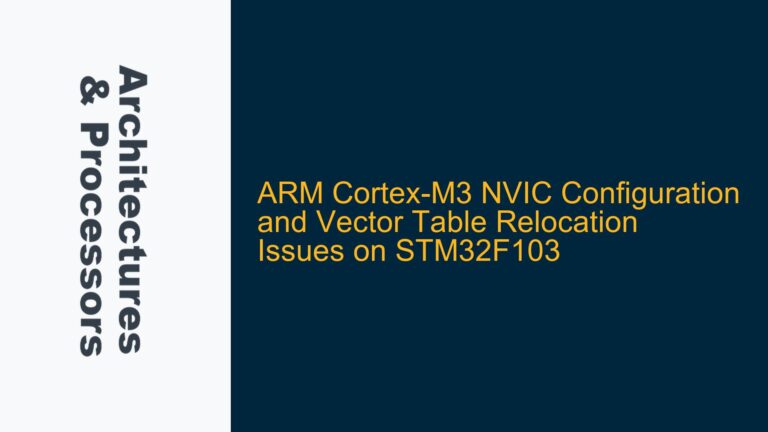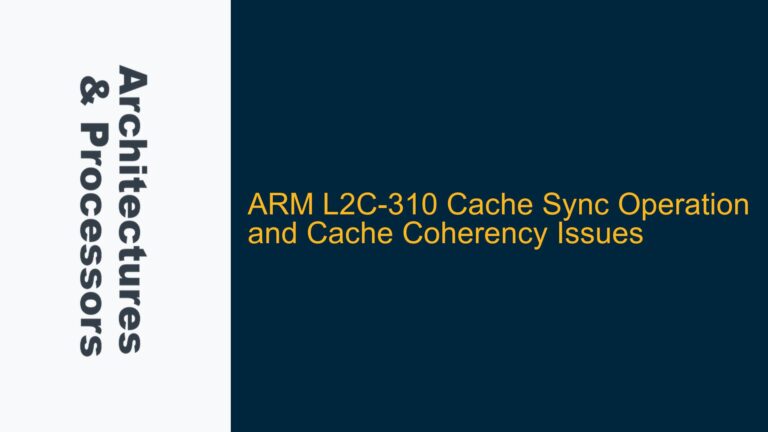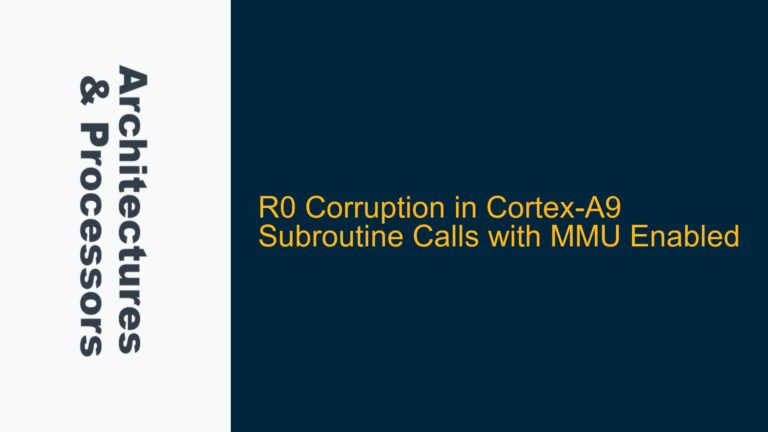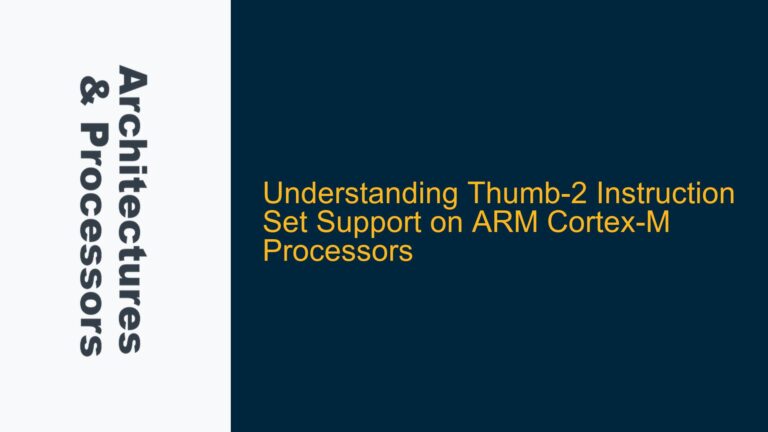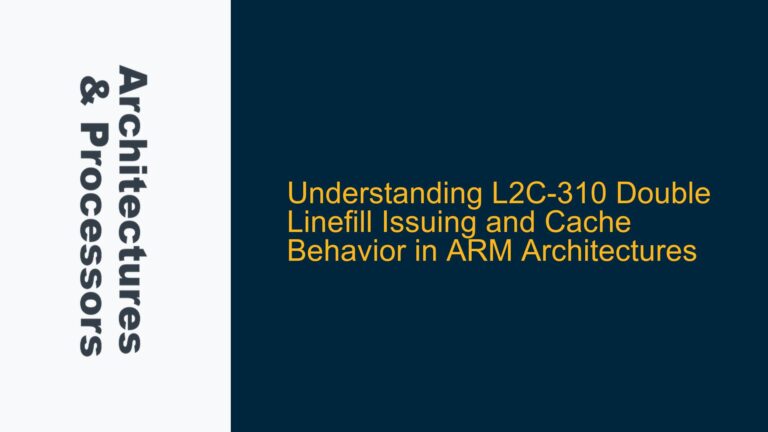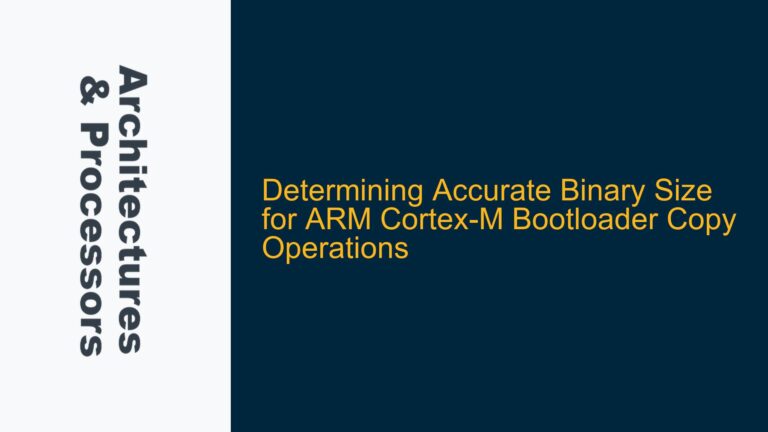ARM Cortex-A53 MMU Permission Fault at EL1 with EL0 Access Configuration
EL1 Permission Fault Triggered by EL0 Memory Access Configuration The issue revolves around a Memory Management Unit (MMU) configuration problem on the ARM Cortex-A53 processor, specifically when attempting to set up memory permissions that allow both Exception Level 1 (EL1) and Exception Level 0 (EL0) to access the same memory regions. The user has configured…
